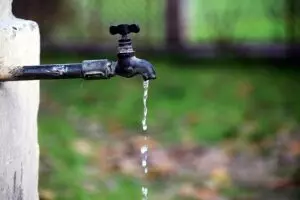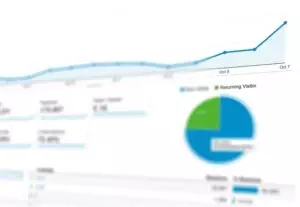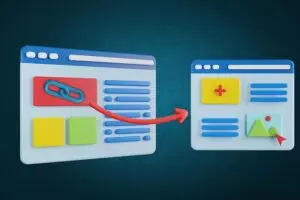Mastering Leak Detection: Advanced Technologies for Plumbing Peace of Mind
Plumbing leaks, from pipe corrosion to hidden underground pipes, cause damage & waste water. Adv…….
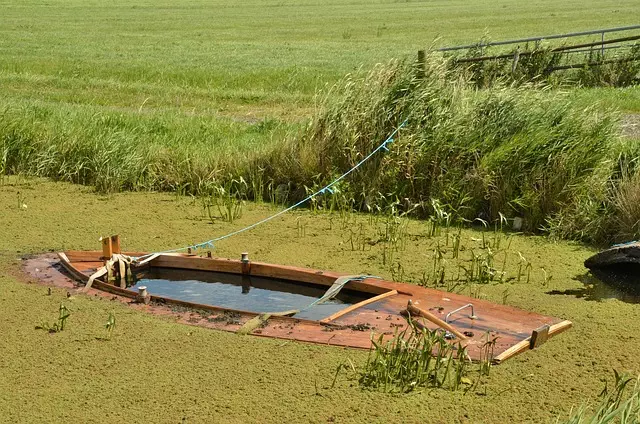
Plumbing leaks, from pipe corrosion to hidden underground pipes, cause damage & waste water. Advanced technology like smart meters, thermal imaging & GPR offers accurate, efficient leak detection. Early intervention prevents major damage, saves money & conserves water. Choosing right tools depends on system complexity & fluid type. Case studies prove effectiveness in commercial & residential settings. Future trends include IoT sensors, AI predictions, & self-healing materials for proactive leak prevention.
In the realm of home maintenance, plumbing leak detection is a vital skill. Water leaks can cause significant damage and costly repairs if left undiscovered. This article delves into the intricate world of leak detection for plumbing systems, exploring common types and their causes. We review traditional methods, highlight advanced technology solutions, and discuss benefits for homeowners. Learn how to choose the right tools, gain insights from case studies, and discover future trends in plumbing leak prevention. Master the art of leak detection with these essential guides.
Understanding Plumbing Leaks: Common Types and Causes
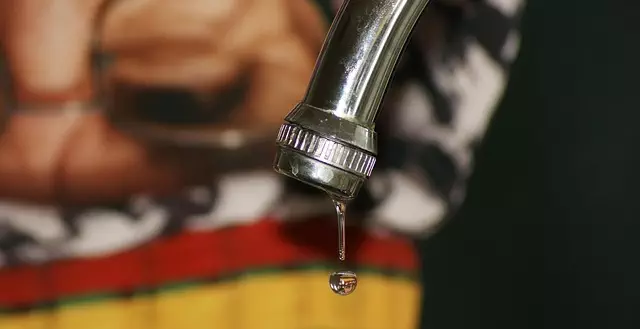
Plumbing leaks can be subtle yet detrimental, leading to significant water waste and potential structural damage if left undetected. Understanding common types and causes is paramount in efficient leak detection. One of the most prevalent forms is pipe leakage, often stemming from corrosion, especially in older metal pipes. Pressure fluctuations, loose connections, or faulty fittings can also trigger these leaks. Additionally, valve and fixture malfunctions contribute to water waste, with leaky faucets and showerheads being frequent culprits in residential settings.
Another critical category is underground leak detection, where hidden pipes buried beneath the ground can spring leaks due to age, damage from roots, or poor installation. These leaks are challenging to identify without specialized equipment, but they can lead to substantial water loss over time. Identifying and addressing plumbing leaks promptly through regular maintenance and advanced detection methods ensures not only cost savings on water bills but also preserves the integrity of your property’s plumbing system.
Traditional Leak Detection Methods: An Overview
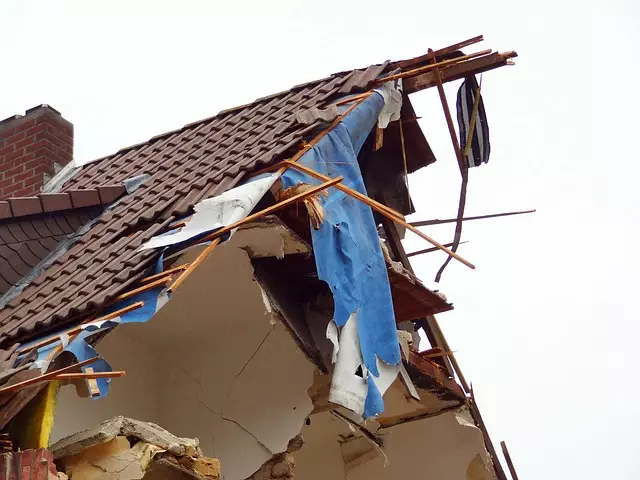
Leak detection in plumbing systems has evolved significantly over time, with traditional methods often involving manual inspections and time-consuming processes. These conventional techniques have long been a cornerstone of maintaining water integrity, but they are far from perfect. Professionals would physically check for visible signs of damage, like wet spots or dripping pipes, which can be laborious and ineffective in identifying hidden leaks.
In the past, sniffing out these elusive culprits required specialized tools, such as listening devices to detect subtle sounds or chemical tracers introduced into the water supply. While effective, these methods were often invasive, time-intensive, and didn’t always pinpoint the exact location of the leak. The advent of modern technology has brought about a game-changer in leak detection, offering non-invasive, accurate, and efficient solutions to meet the demands of today’s plumbing systems.
Advanced Technology in Leak Detection Systems
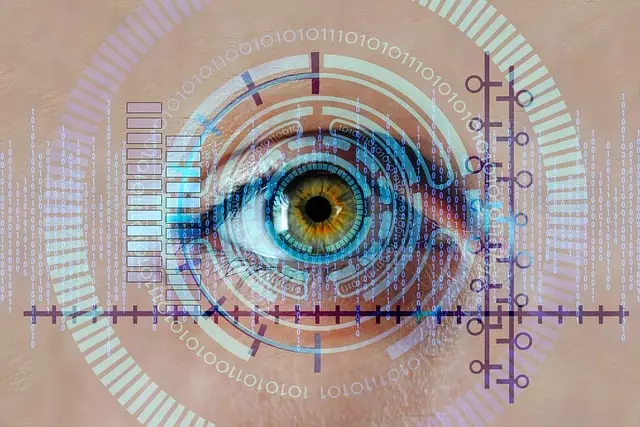
In the realm of plumbing, advanced technology has revolutionized leak detection, transforming the way we identify and address water leaks. Traditional methods relying on visual inspection and manual tracking are being supplanted by innovative solutions. Modern leak detection systems leverage a combination of smart sensors, acoustic monitoring, and non-invasive scanning techniques to pinpoint leaks with unprecedented accuracy. These technologies can detect even the tiniest drippers, ensuring no drop goes unnoticed.
One prominent technology is the use of smart water meters that monitor water flow patterns and detect anomalies, alerting homeowners or maintenance teams to potential leak locations. Additionally, thermal imaging cameras and ground-penetrating radar (GPR) are instrumental in visualizing hidden leaks beneath surfaces. These advanced tools enable faster, more efficient repairs, minimizing damage caused by persistent water seepage.
Benefits of Early Leak Detection for Homeowners

Early leak detection offers homeowners numerous advantages, making it an essential practice for maintaining a well-functioning plumbing system. One of the key benefits is the prevention of significant water damage. Leaks, even small ones, can go unnoticed and gradually lead to substantial water waste and extensive damage to walls, ceilings, and floors. By implementing regular leak detection methods, homeowners can identify these issues early on, minimizing potential repairs and costly renovations.
Additionally, timely detection can help homeowners save on their water bills. Leaks often result in continuous water flow, wasting a valuable resource and increasing monthly expenses. With prompt action, homeowners can avoid these unnecessary costs and contribute to water conservation efforts. Early intervention also ensures that minor issues don’t escalate into major problems, as some leaks can be easily repaired, while others might require complex plumbing solutions.
How to Choose the Right Leak Detection Tools

Choosing the right leak detection tools is crucial for effective and efficient identification of plumbing leaks. The first step is to assess the scope and scale of your system. High-pressure water systems or complex pipe networks might require advanced tools like infrared cameras, which can detect temperature variations indicating leaks behind walls or under floors. For smaller, residential systems, a simple water leak detector or acoustic sensor could suffice, as they are more affordable and easy to install.
Additionally, consider the type of fluids being carried by your plumbing system. Different substances have distinct properties, affecting the sensitivity and range of detection. For instance, detecting leaks in gas lines necessitates specialized tools capable of identifying small leaks due to the highly flammable nature of the substance. Conversely, water leaks can often be traced with less sophisticated equipment, focusing on volume and pressure changes.
Case Studies: Successful Leak Detection in Action

Leak detection has proven its worth through numerous successful case studies, showcasing the significant impact it has on plumbing systems and overall water conservation. One notable example involves a large commercial building where advanced leak detection technologies were employed to identify and locate hidden leaks within the complex network of pipes. By utilizing non-invasive methods such as acoustic sensors and thermal imaging cameras, maintenance teams were able to pinpoint the exact locations of leaks with remarkable accuracy, minimizing disruption to business operations.
Another compelling case study highlights a residential neighborhood that implemented leak detection systems across multiple homes. Within weeks, several potential issues were identified, leading to the timely repair of small but persistent leaks. This proactive approach not only saved residents from substantial water waste but also prevented more severe plumbing damage and costly repairs down the line. These real-world applications underscore the effectiveness of modern leak detection techniques in addressing a pressing global concern: managing and preserving our precious water resources.
Future Trends in Plumbing Leak Prevention

As technology advances, future trends in plumbing leak prevention are set to transform the industry. Smart water sensors and Internet of Things (IoT) devices are emerging as powerful tools for early leak detection. These innovative solutions can monitor water usage patterns, detect anomalies, and alert homeowners or maintenance teams before leaks cause significant damage. With real-time data and remote access, these systems offer enhanced efficiency and peace of mind.
Another promising trend is the integration of artificial intelligence (AI) and machine learning algorithms. By analyzing historical data and learning from various leak scenarios, AI can predict potential issues and recommend preventive measures. This proactive approach, combined with advanced monitoring techniques, will significantly reduce water wastage and lower maintenance costs. Moreover, future plumbing systems may incorporate self-healing materials and automated repair mechanisms, further minimizing the occurrence and impact of leaks.

